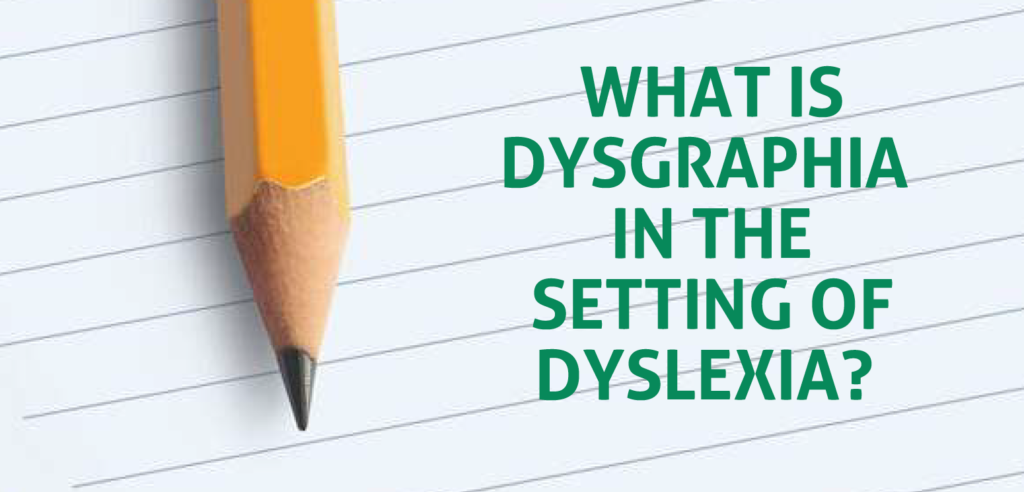
When I saw the title of a new research paper on the indicators of dyslexia and dysgraphia in children’s writing, I looked forward to seeing what it contained.
The paper is available online here, but the checklist contained in the paper falls short, and at least in its present form, I would not recommend it because it does not seem to reflect a full understanding of dyslexia. A much better (though older) paper is one by Crouch and Jakubecy (2007). This paper doesn’t miss the importance of automaticity (or lack of automaticity) in dysgraphia..
IMPAIRED AUTOMATICITY IN DYSGRAPHIA
Many dyslexic (and non-dyslexic) students with dysgraphia have significant impairments in handwriting automaticity. What that means is that when letters are formed, there is not a regular ‘template’ to recall letters. If you look at a commonly written letter like the letter “e” or “a”, individuals with impaired automaticity will show great variation in how they write the same letter.
When writing is not automatic, students have to consciously think about the twists and turns of the pencil when they write. Some students will have to visually monitor what ways their pencil turns while writing letters. The conscious aspect of handwriting swamps working memory and easily contributes to losing ones place.
Impaired automaticity may improve with development or persist into adulthood. Occupational therapy may be able to help and but many with moderate to severe impaired automaticity will likely also prefer typing to writing by hand.
Individuals with impaired automaticity will almost always require extra time and an option to keyboard work. Writing will take longer for everything – not just essay writing. Accommodations should also be in place for math work and science
– especially when having to work through problems like balancing equations.
It is common for dysgraphia accommodations to be overlooked – with students being penalized for “sloppy” or “illegible” handwriting. Unaddressed dysgraphia can take a tremendous emotional toll on students – so parents and teachers should be be vigilant for the need.
WRITING IS DIFFICULT – UNDERSTAND WHY PATTERNS OCCUR AND FOCUS ONE THING AT A TIME
Writing is often the hardest thing you can ask a dyslexic student to do. Writing places great demands on letter formation (reversals, impaired automaticity, phonology, orthography / spelling, sequencing, and executive function).
When working 1:1 with a student, checklists aren’t very helpful.
Giving a student a voice is more important than marking up the paper of a very dysgraphic student. Empathy and recognition of the difficulty of writing can go a long way – that and trying troubleshoot ways to make writing easier. Non-writers should be given options to dictate.
Assistive technology should be used to increase both the length and quality of writing. Students should be able to look up words they don’t know how to spell (Google words or use a spelling program like Easy Spelling Aid) and writing using word prediction software (Co:writer) with spellcheck and grammar check ( like Grammarly).
Teachers and parents should be careful about not demanding more than students can realistically produce at that point in their development. Writing is late blooming.














